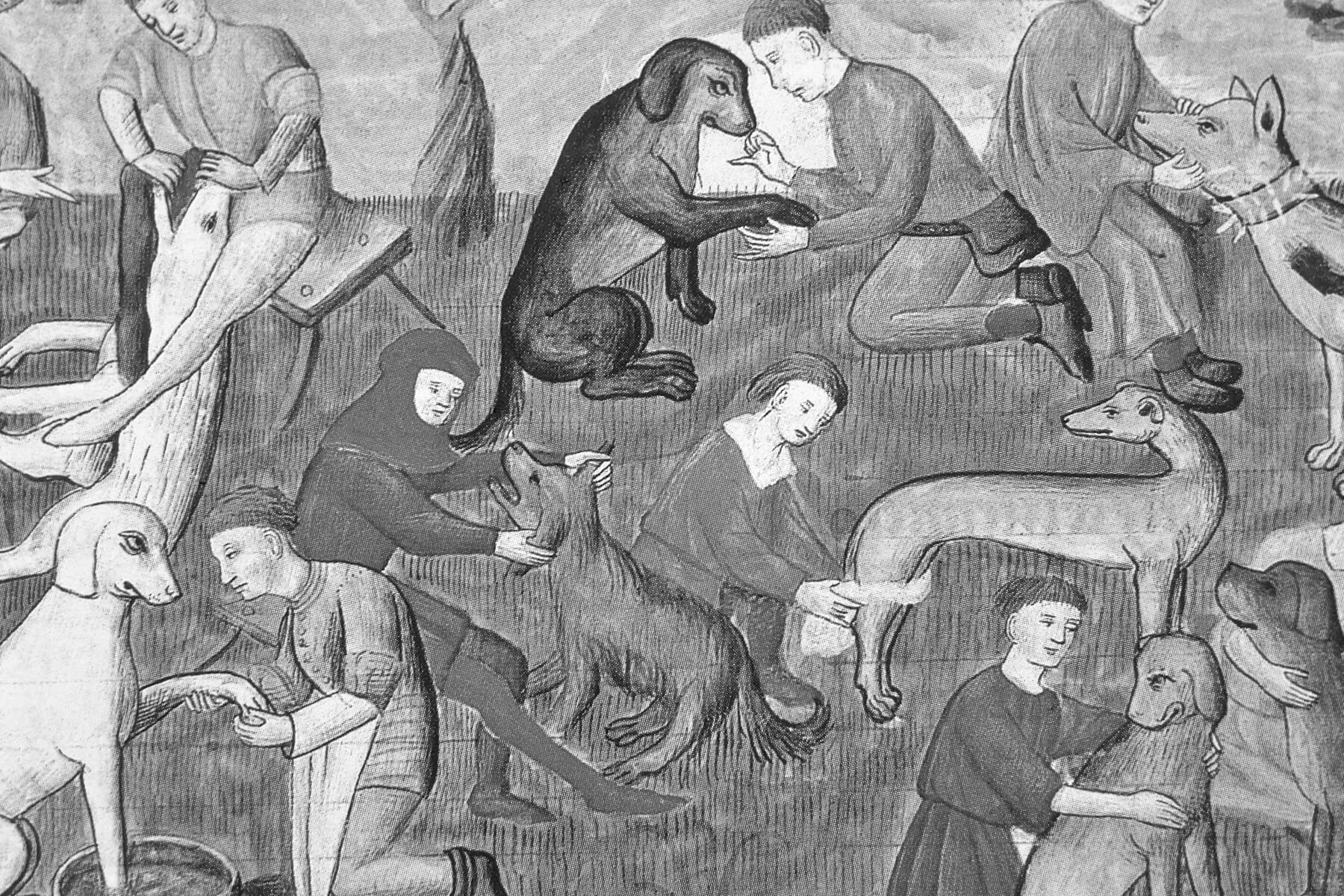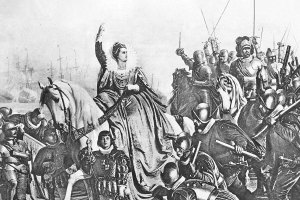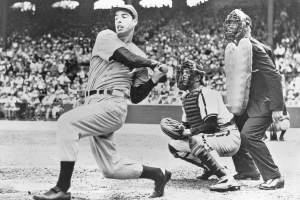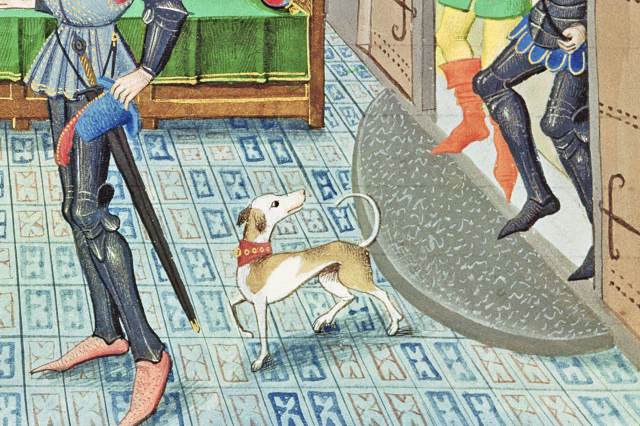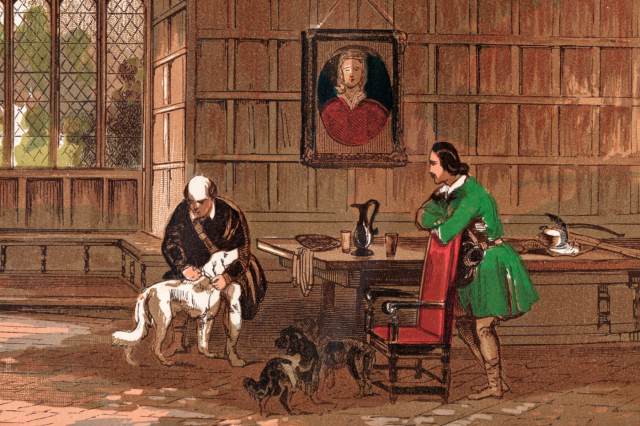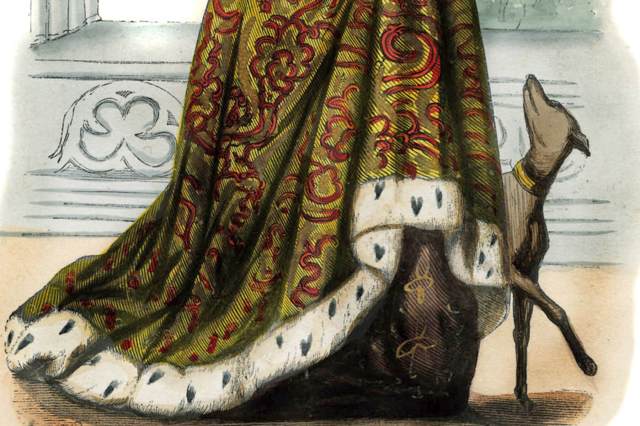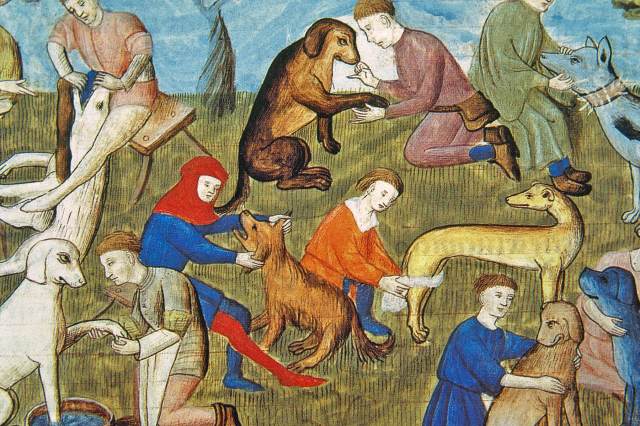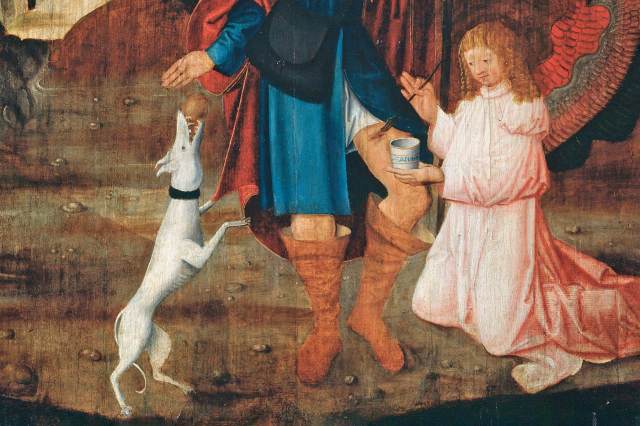The Funniest Medieval Dog Names
Alongside their eternal nemeses cats, dogs are the most popular pets in the world. They have been humans’ most faithful friends for at least 12,000 years, hunting with us, protecting us, and accompanying us in our everyday lives. In fact, dogs were the first domesticated animals, predating chickens, cows, goats, pigs, sheep, and even agriculture itself. By the medieval era, they were firmly embedded in homes across the world. They could be found walking alongside peasant poachers as they went out to hunt, or curled up at the feet of the greatest kings and queens of Europe.
These pets, of course, had names. And thanks to a 15th-century British manuscript titled “The Names of All Manner of Hounds,” we have a fascinating insight into what canines were called in the Middle Ages. The unique manuscript, recently examined in an academic paper by researcher David Scott-Macnab, contains a list of 1,065 names given to hunting dogs during the period. It’s a treasure trove of mutt monikers, some of which truly deserve to come back into fashion (others, perhaps, not quite so much). Here are some of the funniest names on the list.
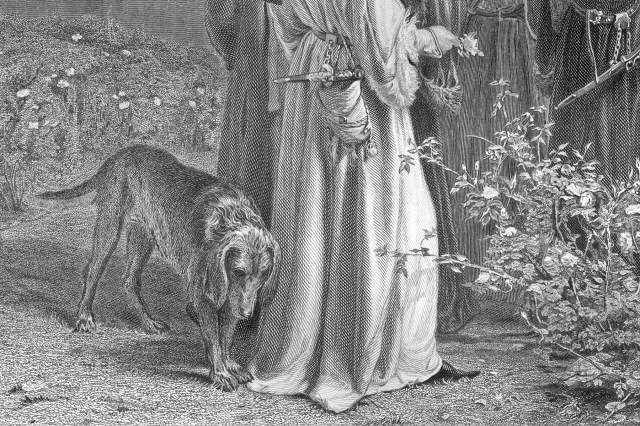
Goodynowze
Some of the best medieval dog names are those that reflect classic canine characteristics. As we all know, dogs possess a phenomenal sense of smell, as much as 100,000 times more sensitive than ours. Medieval dog owners were well aware of this canine trait, hence some wonderful olfactory-based names, including Goodynowze and Nosewise. Thanks to their superior noses, dogs are also good at finding things, so we also have the names Fynder and Fyndewell. Other sobriquets include Swifte for the agile canine, Wellyfedde and Plodder for the more languid dogs, and Letego for the dog who likes a game of tug-of-war.





